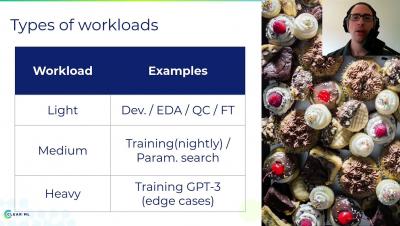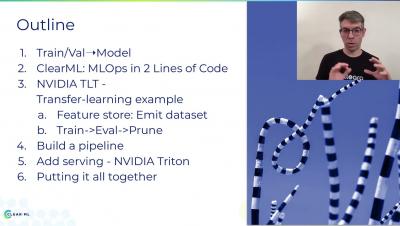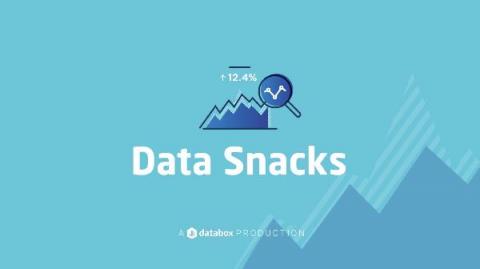Analytics
[MLOPS] From #GTC21: How to Supercharge Your Team's Productivity with MLOps
[MLOPS] From #GTC21: Workshop - Demonstrating an End-to-End Pipeline for ML/DL Leveraging GPUs
dbt Explained
Learn how dbt adds data modeling and transformation to the modern data stack.
Why rebuilding data trust is key to driving business value with analytics
As a modern data leader, you know that real-time access to data-driven insights is key to driving higher levels of business growth and innovation, and better customer experiences. You also know that when frontline employees have easier access to data they’re able to make better decisions that ultimately boost your bottom line. But what happens when employees don’t trust the data in front of them?
Choose the Right ERP Software for Business
5 data-driven solutions for global supply chains disruptions
In 2020, the pandemic tested supply chains in a manner few have seen in our lifetimes, with businesses like Apple struggling to predict demand and keep factory lines moving. The weaknesses exposed by this crisis are not brand new, but they should be a wake-up call that current strategies are not sustainable. The limitations of modern supply chains were becoming apparent last year when companies struggled to react to new tariffs and restrictions caused by Brexit and the U.S.-China trade war.
Cloudera Operational Database Replication in a Nutshell
In this previous blog post we provided a high-level overview of Cloudera Replication Plugin, explaining how it brings cross-platform replication with little configuration. In this post, we will cover how this plugin can be applied in CDP clusters and explain how the plugin enables strong authentication between systems which do not share mutual authentication trust.
4 Considerations When Building Your Government Data Strategy
If you’ve followed Cloudera for a while, you know we’ve long been singing the praises—or harping on the importance, depending on perspective—of a solid, standalone enterprise data strategy. While certainly not a new concept, Government missions are wholly dependent on real time access/analysis of data (wherever it may be (legacy data centers or public cloud) to render insight to support operational decisions.









